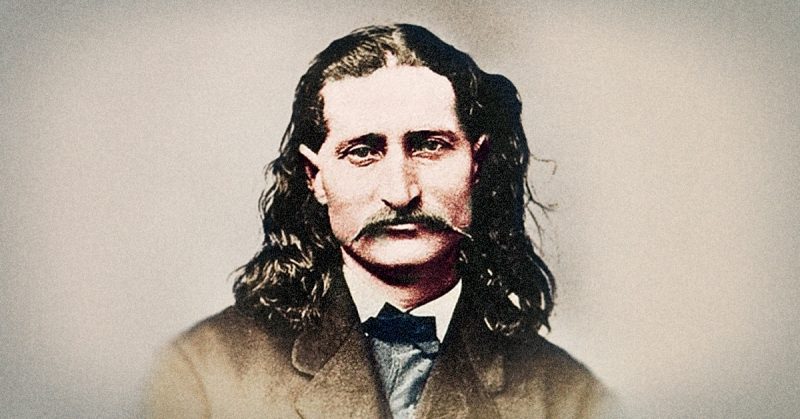Born in 1837 in Troy Grove, Illinois, Wild Bill Hickok is an American legend. He was a gunslinger, lawman, spy, scout, and showman.
He is one of the men who seem to be the epitome of the Wild West. He worked his way across the frontier in a variety of capacities, and in so doing, became a part of history.
Hickok was one of seven children born to William and Polly Hickok. The family were farmers, and William also ran a station on the Underground Railroad, helping slaves escape to freedom. According to Legends of America, that was how young Bill had his first exposure to hostile gunfire.
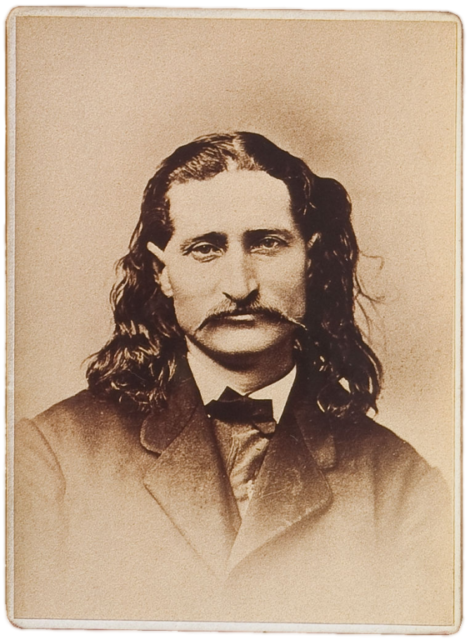
Law officers opened fire when they suspected the Hickok’s to be carrying more than just hay in their wagon. Bill became interested in guns, and even though it wasn’t approved of by his God-fearing parents, he began to get a reputation as a marksman.
At 17, Bill left home to take a job as a towpath driver on the Illinois and Michigan canal. A year later, he went to Kansas, taking a job as a stagecoach driver for the Oregon and Santa Fe trails.
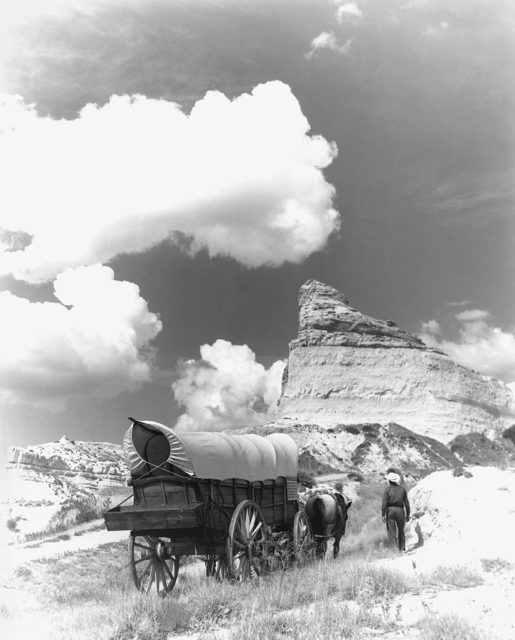
Stagecoach travel had its dangers, especially the threat of bandits and hostile Indians, and Bill was able to put his marksmanship to good use. On one of his trips, he was sleeping under a bush in Colorado, while his passengers slept in the coach.
The passengers were awoken by a ruckus outside and looked out to see Bill in a fight with a cinnamon bear. At the end, he was seriously wounded, but the bear was dead. Hickok had killed it with a six-inch knife.
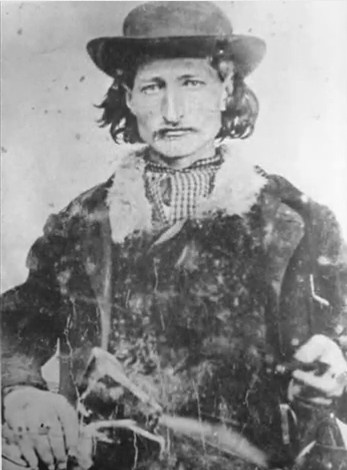
After recovering from his encounter with the bear, he went back to Kansas and took a position as a peace officer in Monticello. Not one to let grass grow under his feet, sometime later he moved on to working for the Pony Express and Overland Express office in Rock Creek, Nebraska.
In 1861, a man who had a personal dispute with Hickok walked into the station with two of his friends. Ostensibly there for legitimate reasons, an altercation quickly arose between Hickok and the others, which started with cursing and ended in gunfire.
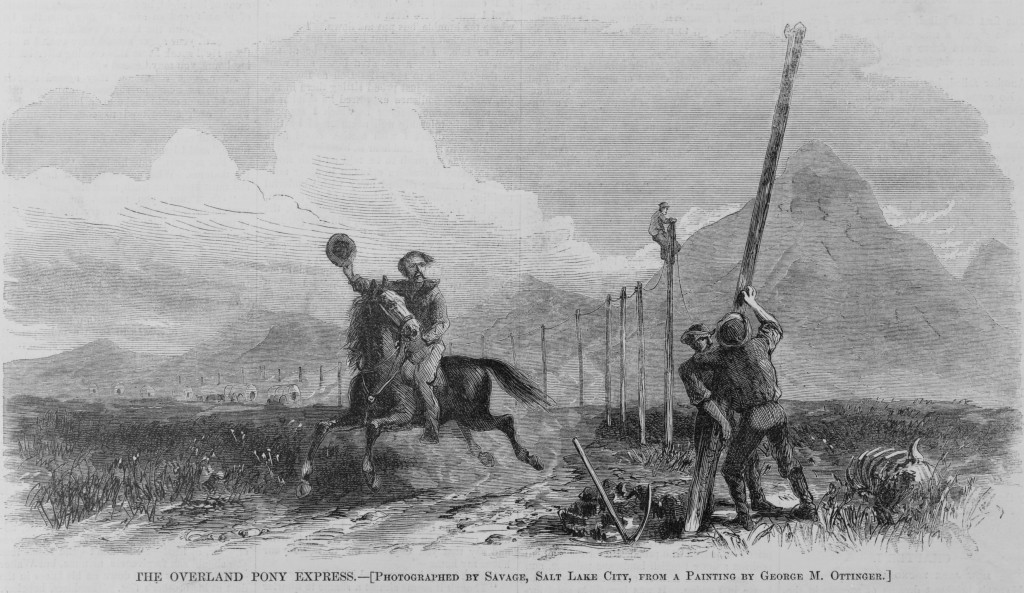
Hickok’s antagonist was dead at the scene, and the two companions died later of injuries sustained in the fight. The story of the fight began to receive all manner of embellishment as people retold it, and the growing story was the beginning of Hickok’s real notoriety.
He moved on again, this time to Sedalia, Missouri, joining the Union Army as a scout and wagon master. It was during his time in the military that he got the name “Wild Bill.” He intervened in a situation where a saloonkeeper was about to be hung for shooting someone in a fight.
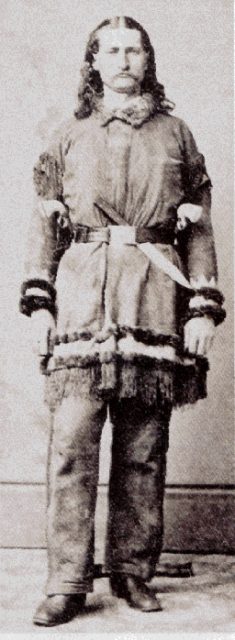
Hickok apparently shot over the heads of the mob intent on hanging, and stared them down until they left. A woman who was present called out “Thank you, Wild Bill!”, and the name stuck.
In 1867, not long after the war had ended, Hickok was approached by a reporter for the New York Herald, called Henry M. Stanley.
During their interaction, Wild Bill told the man that he had personally killed over 100 men. He may have been exaggerating, but Stanley took it as gospel and reported it as such, making Bill an instant legend among the paper’s readership.
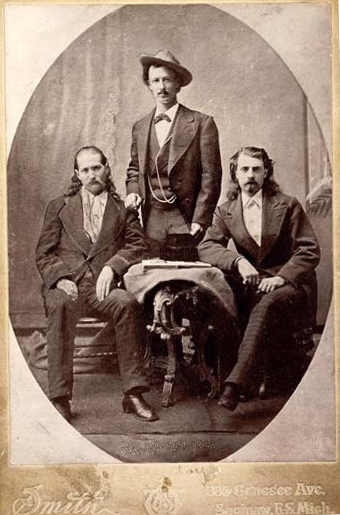
Hickok, Texas Jack Omohundro, and Buffalo Bill Cody as the “Scouts of the Plains” in 1873.
He took up the post of sheriff for Hays City, Kansas, and stayed there for several years. During that time he shot and killed other men a couple of times, adding to his reputation. His tenure in Hays City ended after he shot two cavalry officers who were assaulting him in a saloon, and he moved on to become a city marshal in Abilene, Kansas.
During his time in Abilene, he slowly became less invested in his duties as a lawman and more invested in gambling and women. He continued in his capacity as a city marshal until he accidentally shot a deputy.
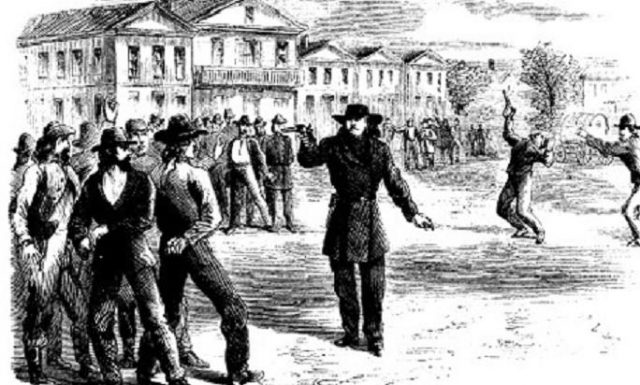
After the shooting, Hickok lost his taste for being a lawman, and instead tried to take advantage of the fascination Easterners had with the romance and adventure of the Wild West. He started his own Wild West show.
The results weren’t good, and the venture ended up eating away his $1,000 investment. Not long after, he was asked by Buffalo Bill Cody, an old friend from his early days in Kansas, to join a production he was putting on called “Scouts of the Prairies.” Hickok joined him and made tolerably good money, while still being able pursue his fondness for women and cards, beginning to add alcohol to the list, as well.
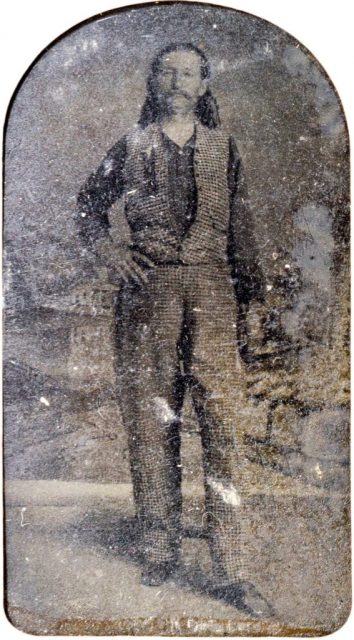
In 1874, Hickok left Cody’s show, and went back out west, marrying a couple of years later. A month after the honeymoon ended, Wild Bill headed west for the goldfields. He ended up in Deadwood, South Dakota.
That really was the beginning of the end. He started out in mining camps, but soon his other obsessions brought him back to town — and to the saloons. His drinking had become quite heavy and was making it hard for him to resume his old role as a professional gambler.
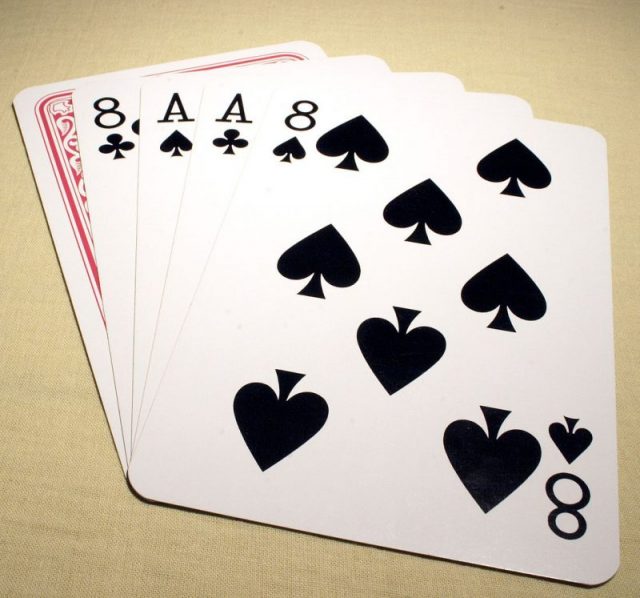
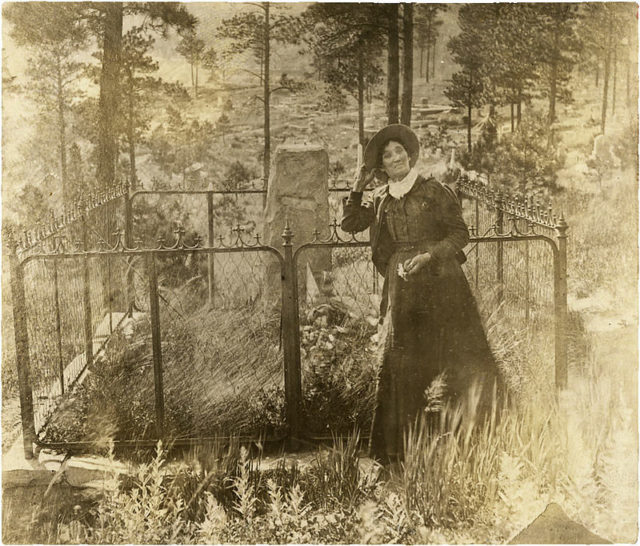
In 1876, Hickok was in a saloon playing poker and had his back to the door. According to True West, he had reportedly been losing, but finally had been dealt a decent hand when a man named Jack McCall walked into the saloon, drew his gun, and fired it right into the back of Hickok’s head.
Hickok was killed instantly, the bullet going through his skull and hitting the man who had been sitting across from him, lodging in his wrist.
Read another story from us: Where cowboys went to party – 25 Photos of Old West saloons
The legend who had lived by the gun had died by the gun and put an end to the legend. As a final note, he was reported to be holding a pair of aces and a pair of eights in his hand at the time he was killed. Still to this day, aces and eights are called the “dead man’s hand.”
